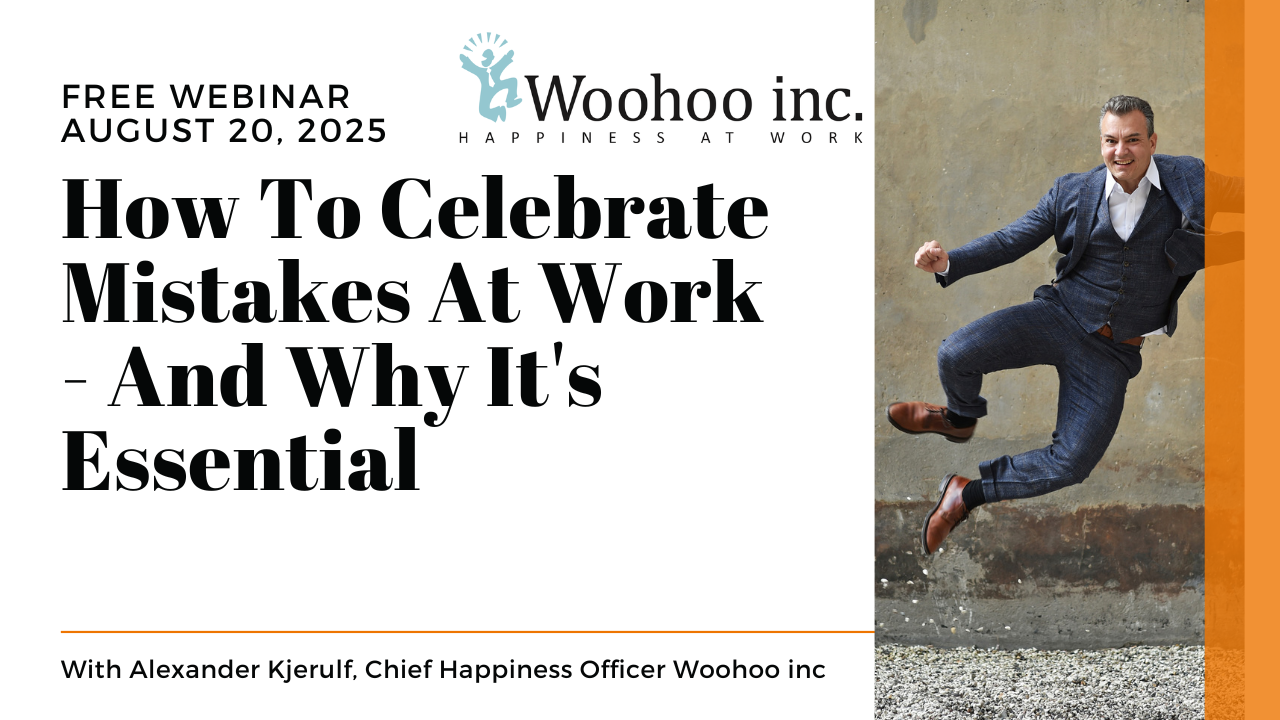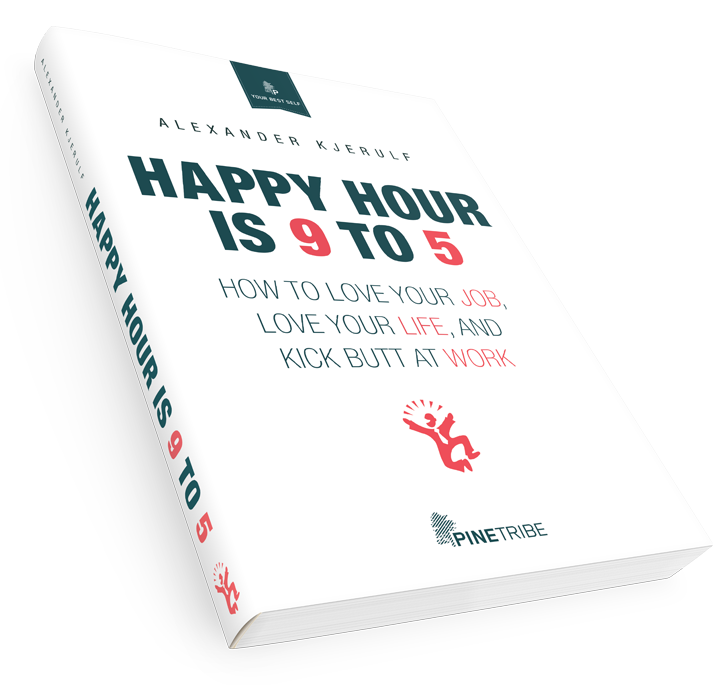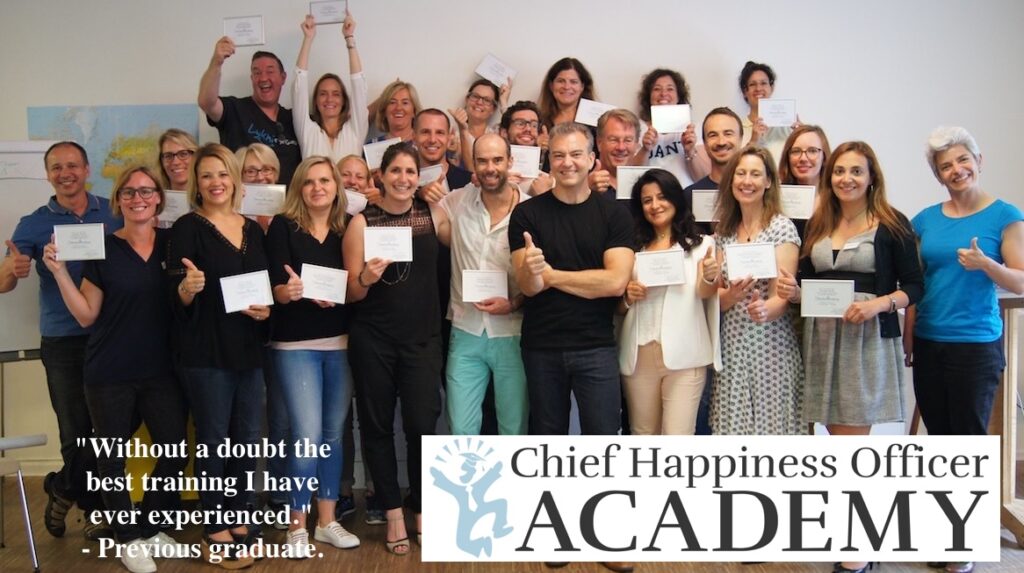
Some years ago CNN asked 12 well-known leaders including Carlos Ghosn of Nissan, Marissa Mayer of (then) Google and Wynton Marsalis
how they manage their time and stay efficient.
My favorite answer is this one:
I know that it’s expected of executives to start the day extremely early, but frankly I feel I make better decisions and relate better to people when I’m well rested. So I usually get up around 8 after a good night’s sleep.
I also make sure to almost always work a standard 40-hour week and never work on the weekends. This is important to me for two reasons. First of all, I have a life outside of work. I have a family who likes to have me around and friends and hobbies that I also want to have time for. I find that the time I spend outside of work recharges my batteries, expands my horizons and actually makes me more efficient at work.
Secondly, if I’m always seen arriving at the office at 6 in the morning and leaving at 9 in the evening, not to mention taking calls and writing emails late at night and all weekend, it’s sure to send a signal to my employees that this is what the company expects, that this is “the right way”. But it isn’t.
It’s a simple fact that for most leaders and employees, the first 40 hours they work each week are worth much more to the company than the next 20, 30 or 40 hours. But those extra hours spent at work can harm your private life, your family and your health. Which in turn becomes damaging to the company.
Frankly, if you can’t structure your time so your work fits inside a 40-hour week, you need to get better at prioritizing and delegating.
Refreshing words. Guess which of the executives said that?
Come on, take a guess!
NONE OF THEM! Not one.
Instead, there’s a lot of “I get up at 5 and arrive at the office at 6” and “I work 16 hours a day” and “I take a lot of calls on the drive in to the office” and “I usually leave the office at 7 and then work a few more hours in the evening at home.”
I fully expected one of them to go “I get up at 4 in the morning, half an hour before I go to bed, and work a 27-hour day, only stopping for a 3-minute lunch break in which two assistants stuff food down my throat like a foie-gras goose.”
I know it’s normal to view people working this hard as heroes of the organization, but still I think they would be more efficient and enjoy life more if they cut down their time at work. They may find that they become more open, less stressed, have more fun AND are better role models for their employees. This cult of overwork has got to stop.
The school of “work your butt off, everything else comes second” is bad for business and bad for people. Can we please retire this tired idea once and for all?
If you liked this post, I think you’ll also enjoy these:



 I may be doing an innovation workshop next week and I’m looking for some new, great exercises to do with the participants. Do you know any good ones?
I may be doing an innovation workshop next week and I’m looking for some new, great exercises to do with the participants. Do you know any good ones?





